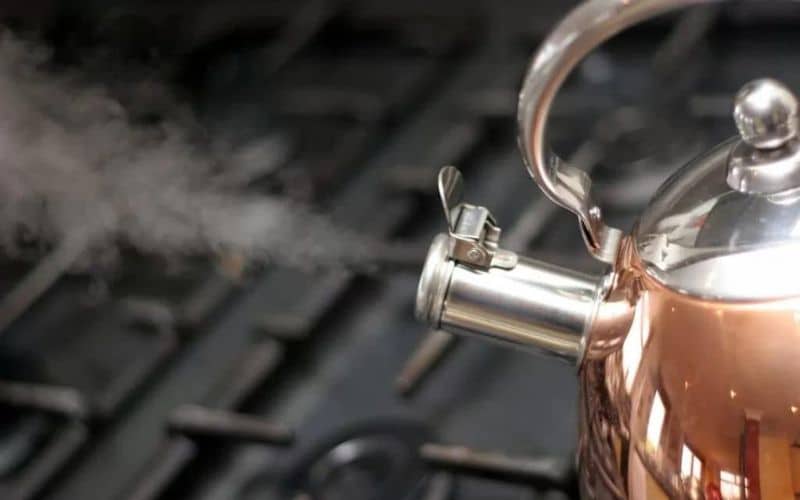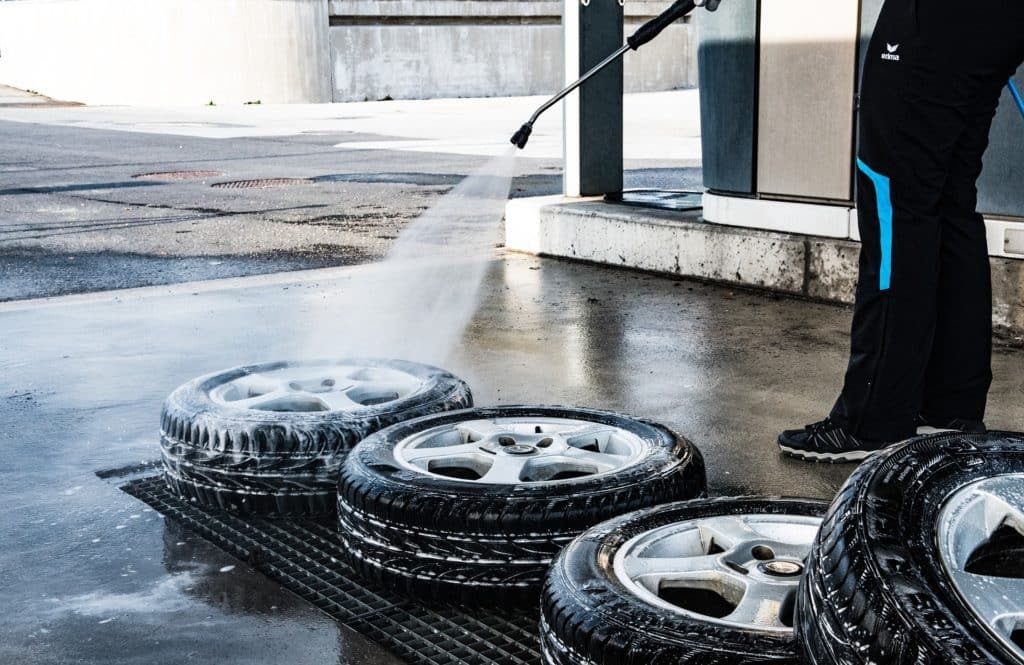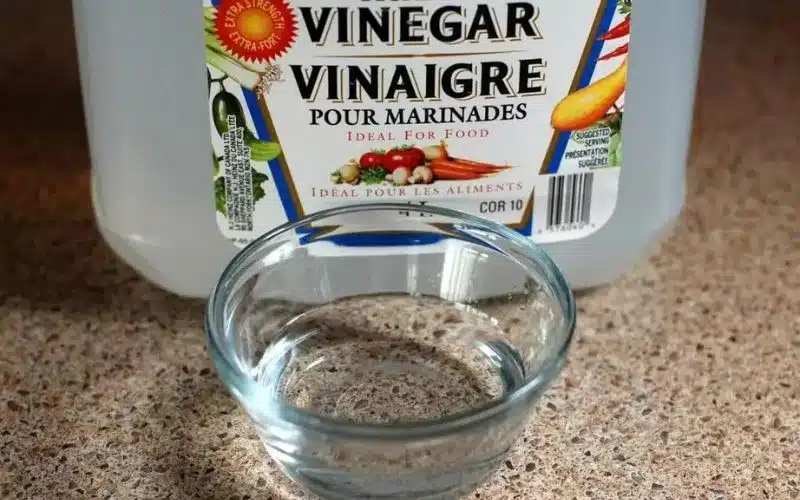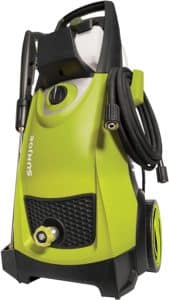There are at least 350 million types of algae, most of which are found in oceans. However, many homes located in humid climates are continually fighting fungus and algae growth. Algae are usually deep green and slippery to touch. Since it doesn’t grow like the common weed, it does not have any roots or stems. Instead, it spreads by attaching and clinging itself to hard surfaces.
Green algae begins to grow on concrete and cement when the surface is relatively moist and shaded most of the day. As long as the conditions are damp, you will at some point have to look for ways to remove algae from surfaces including concrete patios, basement floors, and walls in your home.
Even though it does not cause any permanent damage to the structure’s stability, it can be troublesome if left untreated. Also, since the growth can be somewhat slippery, it can become a safety hazard when left to manifest. It can also cause permanent discoloration on the concrete.
Table of Contents
ToggleTIPS REMOVE ALGAE FROM CONCRETE
TIP 1: USE BOILING WATER
Before you start using chemicals that might be harmful to you and the environment, try cleaning the algae off your walkway using boiling water, especially if the seaweed is growing near grass and other plants. Get a bucket full of boiling water and carefully pour it over the green surface. Next, take a stiff brush and work on the affected areas. Finally, use a hose and wash away any debris.

TIPS 2: DRY IT AWAY
Attempting to remove algae is relatively easier when the concrete surface is dry. Tackling algae on a surface that has dried out as a result of exposure to sunlight also reduces the dispersion of spores into the air.
You want to try and limit algae spore movement as much as possible. If you are not able to dry the area through sunlight, you can attempt to dry with a heater or a fan.
Once the area is moist-free, use a deck broom or a stiff push broom to scrub the area. To address particular stubborn surfaces, use a plastic scraper in addition to the brush.
TIP 3: USE A PRESSURE WASHER
A pressure washer directs a stream of water through its nozzle and onto the surface. Selecting the correct nozzle ensures that you achieve a fast and effective removal process with no damage to your property. Pressure washers can be bought, borrowed, or rented. All you need is an outdoor connection to water and power.
You’ll want to ease yourself into it if it’s your first-time pressure cleaning. If you are not sure of what kind of water pressure the device ejects, start at a distance to guarantee that you do not damage the surface.

Note: Always test your pressure washer on a small surface area rather than going full blast. Starting with a small surface area ensures that in case of any damage, you will have damaged just a tiny portion of your concrete driveway.
As you blow the algae off the concrete, suck up any wastewater with the vacuum or sweep the water into a nearby sump pump.
TIP 4: STEAM CLEAN
Steam cleaning can kill algae and remove it from concrete. Load water into your steam cleaner. Allow the machine to warm up, and then blast the algae with spurts of hot steam. Once the surface has been thoroughly steamed, scrub the area with a brush and finally rinse the area with clean water.
Remember to wear protective shoes and clothing and avoid direct contact with the steam as it can cause burns on bare skin.
TIP 5: USE BLEACH OR VINEGAR
Oxidized bleach immediately starts to kill algae cells once it comes into contact with it. Bleach, however, should not be your first option, especially if the area you plan to rid of algae is near plants or grass.
Bleach can have a tremendous environmental impact and can even change the color on your bricks and concrete. Before spraying a large surface with it, test this option in an inconspicuous area.
For each gallon of water, mix a cup of bleach. Use a scrub brush to scrub the mixture into any algae stains. Wait for 10 to 15 minutes before continuing. Rinse the concrete clean with a hose.

Vinegar can also be used to rid of algae. Use a mixture of water and white vinegar to spray down the area and kill the algae. Rinse the surface alga off the concrete with a water hose. Next, pour white vinegar directly on the surface and scrub using a brush. Use a vigorous back and forth motion. Finally, rinse the vinegar off with a water hose.
TIP 6: USE COMMERCIAL PRODUCTS
SPECIAL PRECAUTIONS
- The waste produced after scrubbing and rinsing the concrete surface will contain algae spores. As such, always wear protective gear such as rubber gloves and a face mask to prevent any spore inhalation.
- If you have algae growing around your home, the first thing to do is ensure that your children and pets do not have access to that area until you tackle the issue.
- Seal off any ventilation ducts and doorways, especially if you are removing this toxic organism from large indoor areas.
- For indoor algae removal such as the basement, keep the area wet during the process. This will prevent the algae spores from becoming airborne inside your home.
- Wash your clothes immediately after to kill any spores that might be on your clothing.
CONCLUSION
Algae removal is a tedious process that requires a lot of patience. These tips mentioned above will help you get rid of green spots on your beautiful concrete, giving your home a fresh and clean look.
To prevent future algae problems, make sure that the affected area has proper ventilation and can be dried out regularly. Prune overhanging shrubs or trees, create drainage pathways to avoid pooling water, and move the patio furniture around every few weeks.





